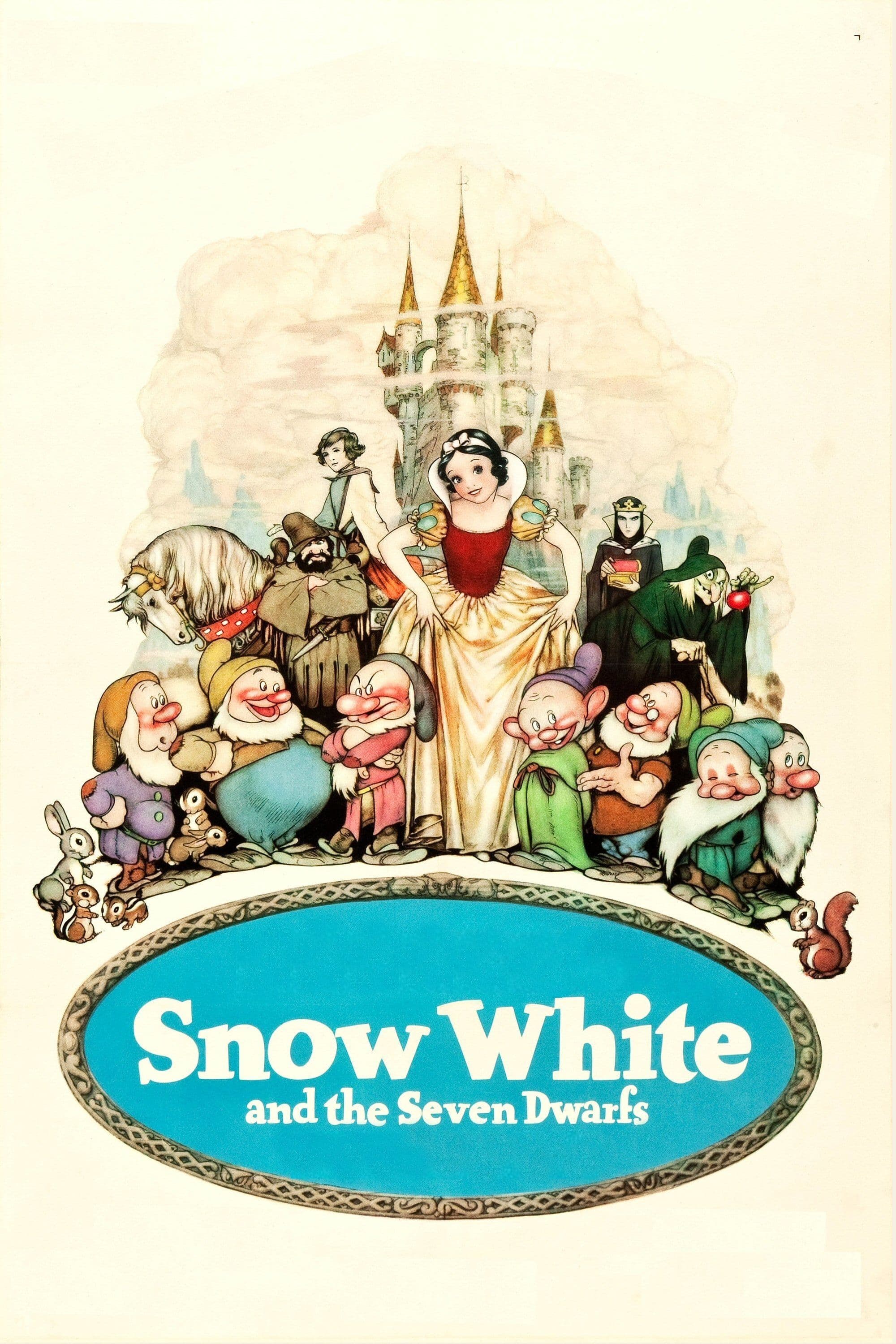
Snow White and the Seven Dwarfs
1937
Rate this movie
Average: 5.00 / 5
(1 votes)
Director
When animation ascends to art. Walt Disney, in his first feature film, crafts a powerful movie where the drawings reflect feelings, emotions, and spirituality, elevating a medium until then confined to pure playful entertainment or brief comedic gags to a narrative expression of complete dramatic complexity. It was a colossal gamble, a "Disney folly," as critics and industry insiders skeptically called it, which risked the bankruptcy of his company in post-war America to pursue a vision few dared to imagine. The animation, refined and fluid, the result of years of experimentation and an unprecedented and rigorous training of the studio's artists – which included the study of live movement via rotoscoping, acting lessons, and anatomy – confers upon the characters extraordinary vitality and expressiveness, making them appear real and tangible. Every gesture, every facial expression, from the ethereal and almost hieratic grace of Snow White to the malevolent pride of the Queen, and the frank ingenuousness of the Dwarfs, is the result of in-depth studies of human anatomy and actor psychology, a syncretism between illustration and theatrical staging that culminated in the revolutionary adoption of the multiplane camera. This innovative tool, capable of creating unprecedented depth of field and simulating movement in perspective, allowed for the construction of three-dimensional and immersive settings, distinguishing "Snow White" from previous two-dimensional and static productions. The attention to detail, the richness of colors, applied with pictorial techniques inspired by late 19th-century European illustration and the principles of Art Nouveau, the beauty of the set designs, which often refer to the Gothic and Romantic aesthetics of artists like Arthur Rackham and Edmund Dulac, create an enchanting and immersive atmosphere that transports the viewer into a fairytale world, a visual archetype destined to shape the global collective imagination for decades to come.
Snow White and the Seven Dwarfs is a film that revolutionized animated filmmaking, paving the way for a new genre of entertainment that has captured the hearts of generations of viewers. Not only did it demonstrate the economic feasibility of an animated feature film, overcoming Wall Street's initial reservations, but it also established a new quality standard, pushing the industry towards unexplored expressive horizons. It was the epiphany of an art form that until then had been considered a mere filler for film programs or entertainment exclusively for children. Beyond its intrinsic artistic value, the film is also important for its profound cultural significance. The story of Snow White, taken from the Brothers Grimm fairytale, is a timeless tale that addresses universal themes such as love, envy, fear, and hope, and lends itself to innumerable psychological and sociological interpretations, from Jungian readings on the archetypes of the Shadow and the Animus, to Freudian analyses of the Oedipal conflict and maternal jealousy. Disney skillfully adapted this fairytale to the cinematic language, not only by softening some of the cruder and more archaic aspects of the original version – such as the Queen's final punishment, or the stepmother's initial attempts to kill Snow White with more brutal and repeated means – but above all by amplifying its emotional dimension and lightening its weight with the introduction of comedic and musical elements, making it accessible and resonant for a global audience, and creating a work that has become an indelible part of the global collective imagination. Its essence lies in the dialectic between pure innocence and the most insidious wickedness, between light and shadow, a primordial dualism rooted in classical mythology and popular narratives, which Disney reworks with exemplary moral clarity.
Snow White, a young and beautiful princess, is a victim of her cruel stepmother, the Queen, who, obsessed with her own beauty and tormented by pathological vanity, orders a huntsman to kill her. This fixation on the mirror, a symbol of self-perception but also of the ego's prison, foreshadows the destructive trajectory of a corrosive soul that tolerates no rivals to her self-perceived perfection. The huntsman, moved by pity, lets her flee into the forest, a liminal limbo between civilization and the unknown, a place of disorientation and rebirth, where Snow White finds refuge in the cottage of the seven dwarfs: Doc, Grumpy, Happy, Sleepy, Bashful, Sneezy, and Dopey. The dwarfs, personifications of human virtues and vices, from Doc's practical wisdom to Grumpy's gruff but protective loyalty, each with a distinctive personality that makes them immediately recognizable and lovable, initially wary, grow fond of the sweet Snow White, who takes care of their home and cheers them with her singing. They represent a utopian community, a refuge of genuineness and solidarity in contrast to the cold royalty of the castle, and their group dynamic is a source of comedy and human warmth. The Queen, discovering that Snow White is still alive via the mirror, which functions as an oracle and revealer of uncomfortable and inescapable truths, disguises herself as an old beggar woman, assuming the grotesque appearance of the witch, and offers her a poisoned apple, the forbidden fruit of temptation and deception, which causes her to fall into a deep sleep, a metaphor for apparent death and transition to a new state. The dwarfs, desperate, lay her in a crystal coffin, a symbol of purity and preservation, but also of isolation and stasis. A prince, an archetypal figure of the savior and the predestined, fascinated by Snow White's beauty, awakens her with a kiss of love, breaking the spell and reaffirming the cathartic and transformative power of pure and disinterested affection. The Queen, defeated and prey to her own blind rage, dies by plunging from a cliff, a dizzying fall that symbolizes her moral and physical ruin, the triumph of justice over evil. Snow White is awakened from her death-like sleep by the prince and the two set off towards the happy ending that awaits them on the horizon, sealing the triumph of innocence and virtue.
Memorable icons imprinted on generations of adults and children: the talking mirror, a symbol of self-perception and merciless truth but also of unsettling omniscience; the witch's magic cauldron, a metaphor for the alchemy of evil and deceptive transformation; the dwarfs' dance, an expression of spontaneous and collective joy, an emblem of rural life's simplicity; the poisoned apple, an archetype of lethal seduction and betrayal, an object of beauty that conceals a mortal snare. Paradigm-setting is the perpetual collision of the two ethical planes, good and evil, which would become the cornerstone of every future work by Walt Disney, a universal dialectic that permeates the narrative and gives it a timeless resonance, far beyond mere children's entertainment, transforming it into an accessible and powerful moral lesson. The film succeeds in creating a perfect balance between moments of joy, tension, and emotion, always keeping the viewer's attention high through a skillfully calibrated rhythm that alternates the lightness of the dwarfs' gags with the menacing gravity of the Queen's sequences, culminating in the dramatic climax of the poisoning and the cathartic awakening.
From a technical standpoint, the film represents an extraordinary achievement, a true monument to the ingenuity and perseverance of a team of visionary artists. The animation, hand-drawn with an almost manic dedication to detail and unprecedented attention to the principles of "squash and stretch" and "anticipation," is fluid and realistic, achieving a level of credibility and dynamism that was unprecedented, and the characters are rich in expressiveness, confirming Disney's idea of creating "the illusion of life." The set designs, inspired by Gothic and Romantic art, but also by medieval miniatures and the aesthetic of German fairytale illustration, create a magical and evocative atmosphere, helping to build a coherent and visually stunning filmic world, where every backdrop is a meticulously painted canvas. The music, masterfully composed by Frank Churchill and Leigh Harline, with contributions also from Paul Smith and Larry Morey, is enveloping and not limited to mere accompaniment, but is an integral part of the narrative, with songs like "Heigh-Ho" and "Someday My Prince Will Come" becoming true standards, helping to create the fairytale atmosphere and emotionally characterize each scene, guiding the viewer through the different phases of the story.
The film won an honorary Oscar for "innovation in cinematic entertainment," a special recognition, awarded with seven small Oscar statuettes symbolizing the seven dwarfs, which highlighted not only the production courage but also the qualitative leap made by animation, legitimizing it as an art form deserving of academic acclaim. Over time, it achieved extraordinary public success, becoming one of the highest-grossing films of all time, a cultural phenomenon that demonstrated to the world the untapped potential of animated cinema as a serious art form and a powerful narrative vehicle. Disney's work, despite its specificities and adaptations that soften its harshness and emphasize its positive sentimental and moral aspects, fits perfectly into the concept of fairytale described by Vladimir Propp in his essay "Morphology of the Folktale," demonstrating the universal validity of this narrative schema. Every Proppian "function" – from the hero's departure (Snow White) to the appearance of the antagonist (the Queen), from the dwarfs' rescue (the "donors" and "helpers") to the prince's saving kiss (the "savior's" intervention) – finds an exemplary manifestation in "Snow White," certifying the narrative perfection of the Fairytale concept and its ineludible entertainment mechanisms, which resonate with public expectations. The legacy of "Snow White and the Seven Dwarfs" is incalculable: it not only founded an empire but also elevated an art form, demonstrating that the magic of storytelling can, through animation, touch the deepest chords of the human soul, with a resonance that endures unchanged decades later, transcending generational and cultural barriers.
Country
Gallery
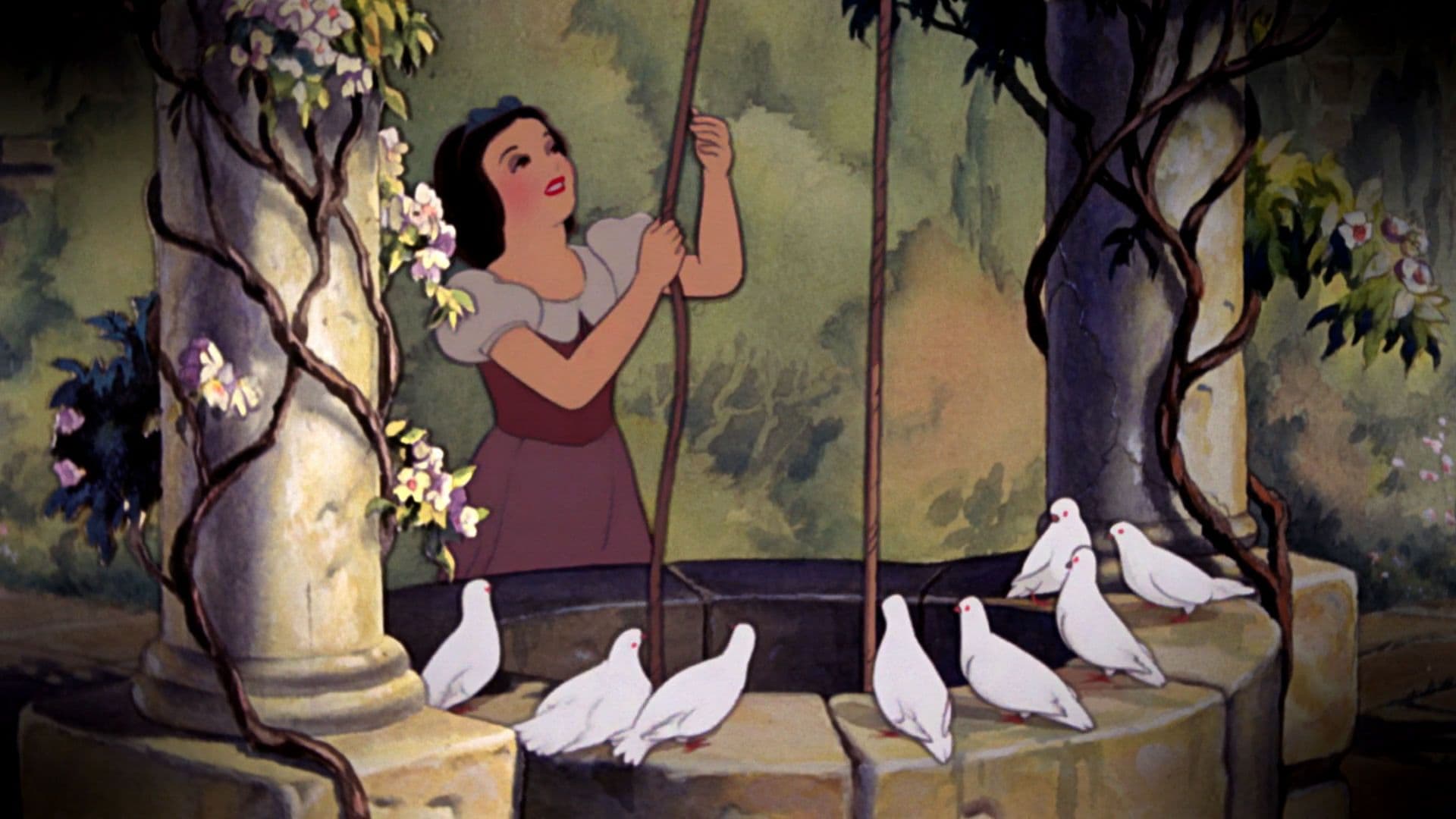
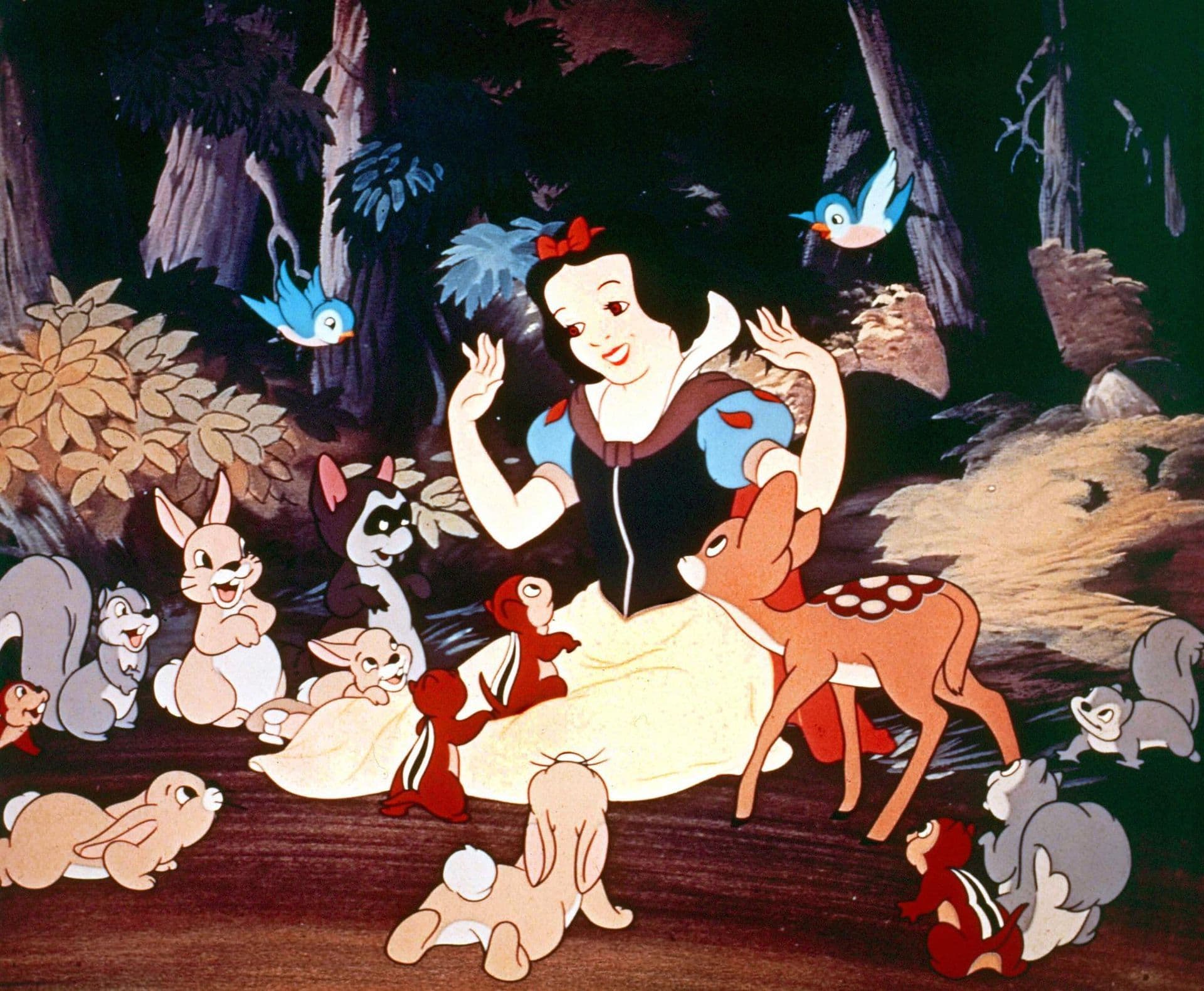

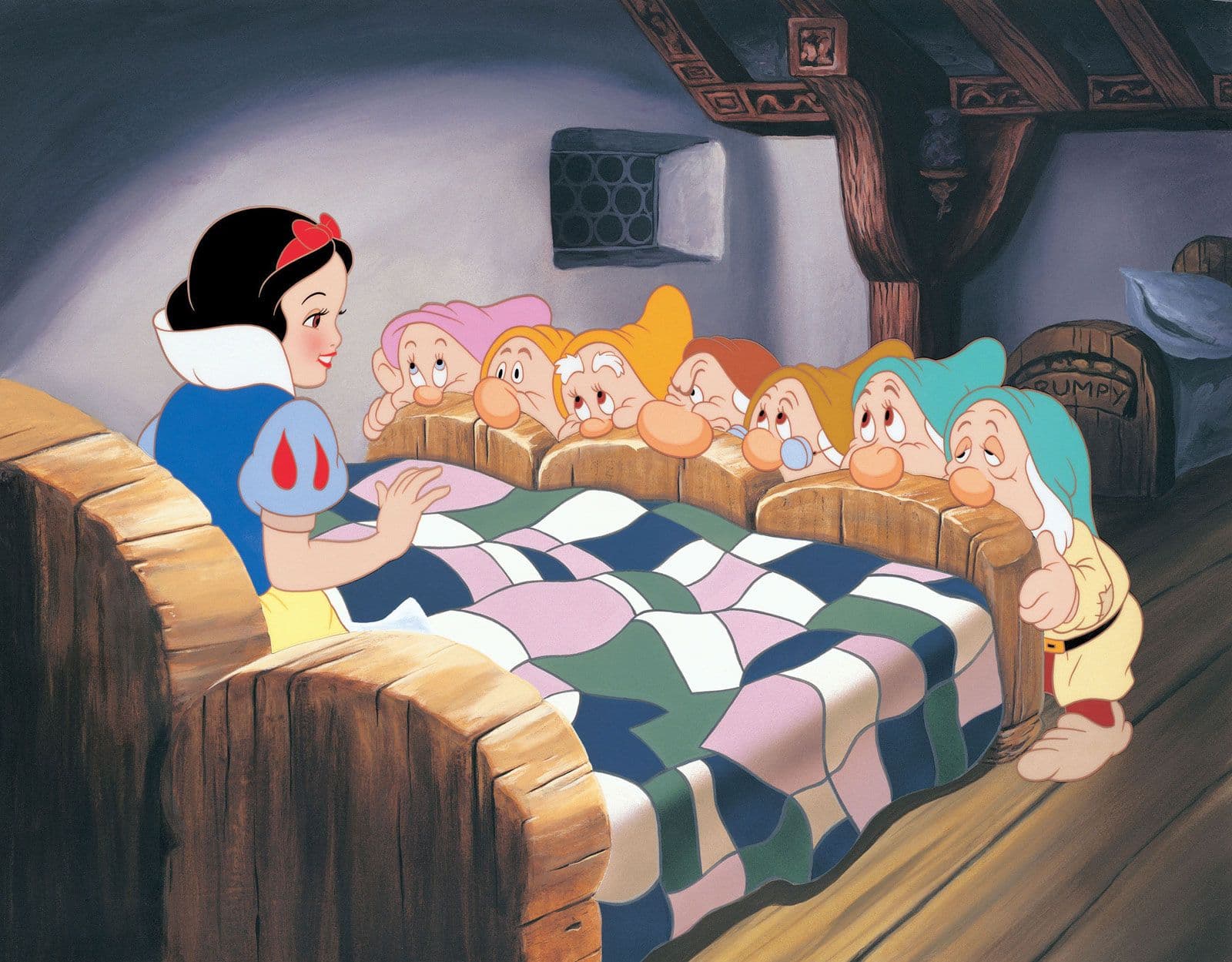
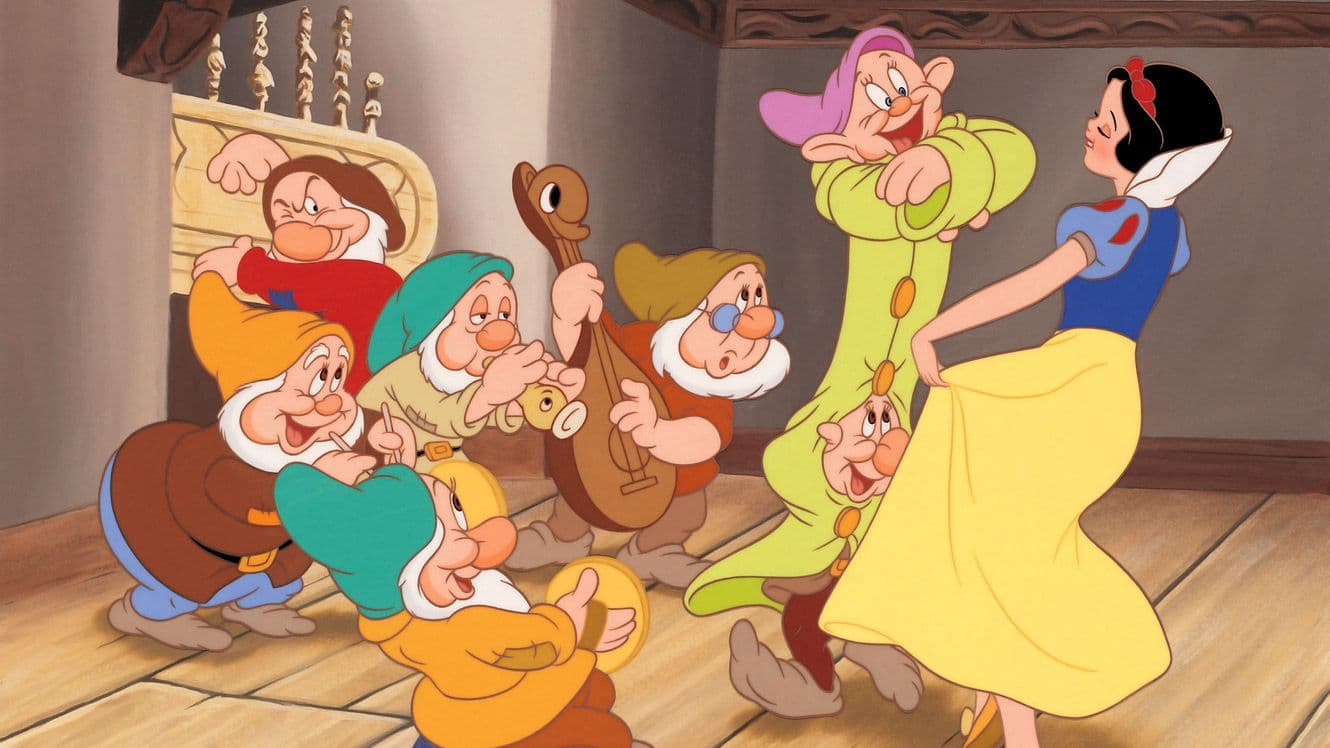
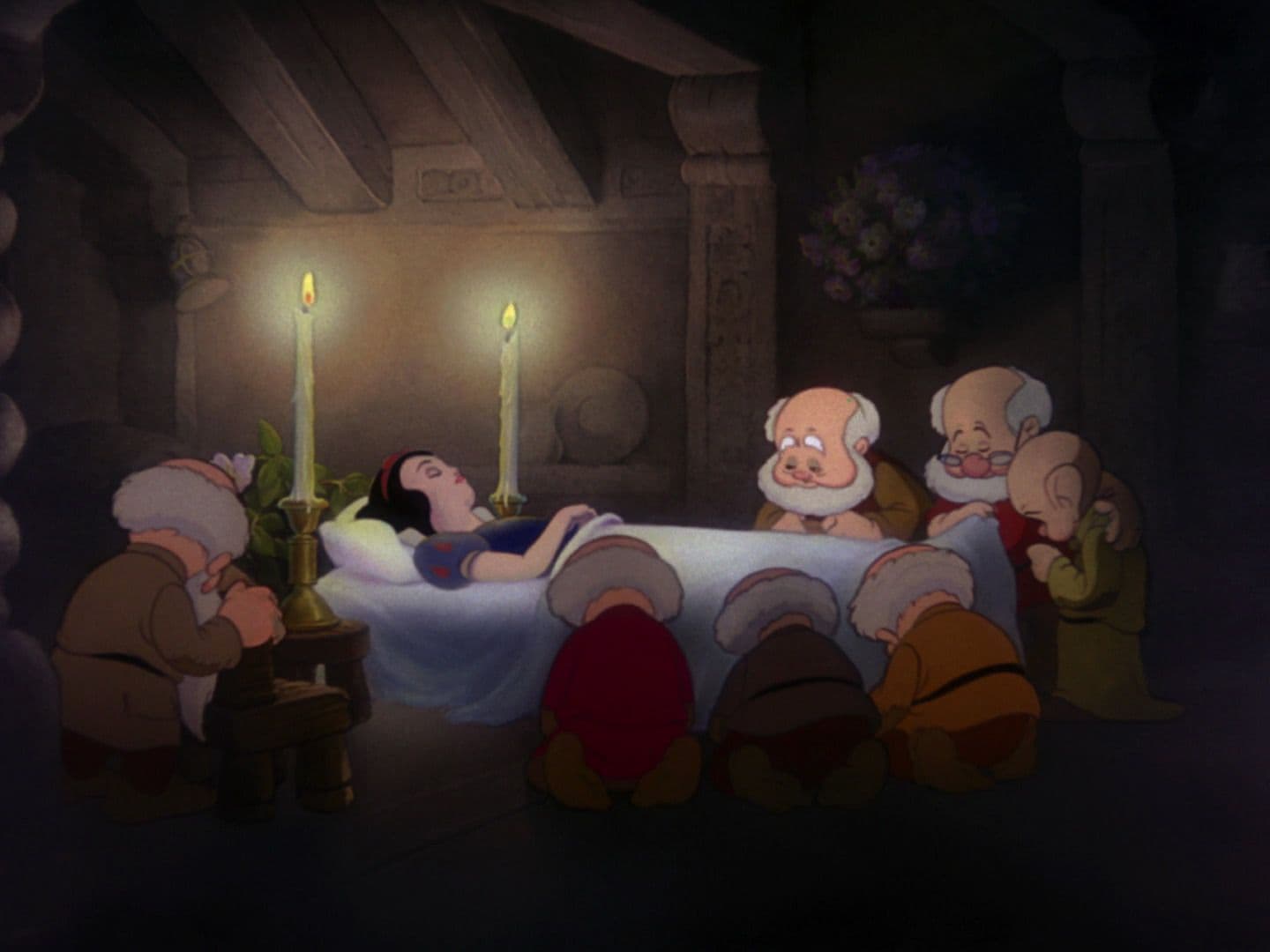
Comments
Loading comments...